Marvel’s M.O.D.O.K.: Jordan Blum On Finding The Humanity and Comedy In A Supervillain Mid-Life Crisis

Pop culture is in an age where superhero content reigns supreme and it’s almost impossible to avoid. The biggest properties continue to churn out more content and expand their universes, but this enthusiasm also allows more unconventional projects to rise to the surface. M.O.D.O.K. is an obscure Marvel villain who suddenly gets thrust into the spotlight in Marvel’s M.O.D.O.K., a Hulu series that leans into comedy to properly understand not only M.O.D.O.K.’s madness, but also the absurdities of the Marvel universe.
Marvel’s M.O.D.O.K. elegantly charters new territory for Marvel television with a fresh perspective courtesy of Jordan Blum and Patton Oswalt. Blum combines his strong comedy experience with his love for comics and helps turn Marvel’s M.O.D.O.K. into something special. Blum elaborates on the appeal of a supervillain midlife crisis story, the comic books that helped influence his sense of humor, and which unusual Marvel character was off limits in M.O.D.O.K.
This interview contains spoilers for the first season of Marvel’s M.O.D.O.K.
Daniel Kurland: You’ve worked on a lot of comedies in the past, but have you had any aspirations to be involved with comics and were you drawn to any at all when growing up? Were there any that had an influence on your sense of humor or writing style at all?
JB: Yeah, absolutely. I’ve been a comic fan since I was a kid. My mom has a photo of me in a high chair with a Captain America comic and it’s a Mark Gruenwald Captain America comic, which we pulled a ton from in M.O.D.O.K. It’s a really great run. But from a comedy standpoint, I remember loving the X-Factor run from the early ‘90s was kind of sitcom-y, but still like an X-Men book. I think comedy is really hard to do in comics because it’s such a different medium, so when it’s done right it really stands out. Superior Foes of Spider-Man is another really great one.
So when Patton and I were writing our M.O.D.O.K. comic for Marvel, we looked to those things to see how you properly pace comedy in a comic. You can repeat panels and do all sorts of things, but you can’t use the same tools that you have in television, but when it’s done right it’s amazing.
DK: There’s obviously a lot of humor in Marvel projects, but there hasn’t been anything on their TV slate that’s an outright comedy like M.O.D.O.K. Has it been satisfying to get to tell more unconventional self-aware superhero stories now that audiences have become so savvy with the genre?
JB: Yeah, it really freed us up! Had this show pre-dated a lot of the MCU stuff then we’d have to explain more and have our hands tied, but now you can just go to Asgard now and not spend a Thor movie’s worth of time explaining what that is. You can just go! “We’re in Asgard now. Cool. This is a story about M.O.D.O.K. and his son.” I think that’s great. Everyone speaks the language now, which I’ve been speaking my entire life. It’s this great moment where we can utilize these super obscure characters and people actually know them.
It’s the same when an obscure character like U.S. Agent can show up in Falcon and the Winter Soldier or that WandaVision was one of the biggest shows of the year. I went through these stories when I had no comics community as I was growing up and now I just can’t believe it. It’s so great to not only share this with the world, but have people be willing to laugh at these things and support these risks.
DK: On that note, you guys make some fantastic deep cuts with things like Master Pandemonium and the Ciegrimites. Are you looking to intentionally reference obscure stuff or does it come about more organically?
JB: It’s kind of a mixture. We always knew that we were going to do Wonder Man. We always want to make sure that the characters are servicing the story. It’d be very easy for Patton and I to just throw in every character that we love and then nothing would happen in the show. It was a funny thing, but I didn’t even really know the Ciegrimites very well, but we have the Marvel handbook in the writers’ room, which we would consult. We knew that we were telling a story about a sabotage attempt at a company retreat. Initially we were setting it up to be the Brood—which I love—but then we wanted something more comedic to happen and we stumbled upon them. We were like, “These things are hedonistic master brewers who are party animals? This is literally perfect.”
So sometimes you find stuff like that and then there’s other stuff that’s more planned out. Master Pandemonium is someone that I knew that I wanted to work in somehow because he’s a sorcerer with demon baby hands. It fits our world and just makes sense that Master Pandemonium would be the host of a talk show. This character is incredible! Most of the time though it’s what makes sense for M.O.D.O.K.’s story at the moment.
DK: You mentioned the Marvel handbook and you guys do a lot of crazy things with these characters, but were there any restrictions placed on any characters in terms of things that were off base or couldn’t be used?
JB: It’s funny, but there wasn’t really anything. I mean, they gave us Iron Man! We were shocked. The only characters that we were told no towards were super obscure, like we wanted Stilt Man to be the bartender at the Bar With No Name because he can get that top shelf liquor—
DK: That’s a great joke.
JB: But we were told no. I was like, “What!? We can use Iron Man, but we can’t use Stilt Man?” It’s a rights thing in the end. These little rights issues over certain characters, that you wouldn’t expect. But we were really lucky that FOX was being purchased during all of this because I’m the biggest X-Men fan in the world and suddenly we could throw in people like Mr. Sinister that were previously off the table. They were just so awesome about everything.
I think they trusted us because we love the characters and the last thing that we wanted to do was “break the toys.” And these characters are flexible—especially M.O.D.O.K.—so he can get dragged down to this idiotic level, yet still feel like M.O.D.O.K. I think they just understood that we respect these characters and realize how much they mean to people. I can’t tell you how much time I spent making sure that Pound Cake’s costume is comic accurate. Hopefully that’s reflected in the show.
DK: You mention Wonder Man and Iron Man and obviously there’s a lot of fun to be had with the casting that you guys do with these characters. Was part of the intention there to subvert the expectations that the past decade of superhero cinema has instilled in the public?
JB: 100%. Wonder Man is us stealing from James Gunn. He nailed it with Nathan Fillion in the Guardians of the Galaxy, but then it became like cutting room floor stuff or whatever. But he is the only person that can play Wonder Man. It makes so much sense and thankfully Nathan said yes and was the most fun person to work with. Jon Hamm was another one. In the MCU Iron Man is dead, Robert Downey Jr. is done with this, so who do we get? Jon Hamm is just so funny and perfect for that role. He puts his own spin on it, while also kind of respecting what’s come before him. He just wanted to come and play. We got so lucky that there are no second choices in this show. Every actor or actress that we asked said yes and I can’t believe it.
DK: How’d you settle on the limited superpowered characters in M.O.D.O.K.’s inner circle like Super Adaptoid? Did you want to try to keep these supporting characters sparse so that MODOK himself shines?
JB: I think we looked at his world in the comics with A.I.M. Monica [Rappaccini] is a character that I absolutely love from the comics, and she was in the video game recently, and was perfect. It’s all built into his world, along with the beekeepers and Super Adaptoid. So I think part of the fun when you take on a Marvel project is not just grabbing for every toy, but figuring out how to properly build out a specific corner of it. That’s where we started with the characters that we were choosing. Obviously the Marvel universe is happening outside of his window, so people like Iron Man are out in the wild, but when it came to his inner circle we knew that it should be his family and A.I.M. Then, who are the best people to pluck from those environments and what they can add to the series.
DK: M.O.D.O.K.’s family is such a major part of this show and the balance between his villainy and affection for them is really well-handled. How did this dimension of the series come together?
JB: It was there right from the beginning of the pitch. M.O.D.O.K. is a very arch character with heightened goals and so I just love the idea of examining where he goes after he leaves that comic panel from out of Captain America. He has to go somewhere at night. So it felt rewarding to follow that thread and see that it leads to a suburban home in New Jersey where he has a family. And then, alternatively, what it means to be married to M.O.D.O.K., or his son or daughter, and these ideas just invited so many story avenues and comedy.
They were just born organically out of asking these questions and then it helped ground the series. We knew that we wanted to tell a story about a supervillain who’s in the middle of a midlife crisis, so he’s going to lose everything, which pushes him to evaluate what’s important to him and worth fighting for. It created the arc of the season in the process.
DK: The stop-motion aesthetic for the show works really well, but there’s also kind of a cinéma vérité angle to it where there’s a shaky handheld dynamic and a lot of rack focusing between subjects. What was the rationale to this aspect of the show’s look?
JB: Stoopid Buddy had done a test where they played around with that effect a little bit. Eric Towner had created that style and we had the thought that this is a behind the scenes look at what it’s like to be a supervillain. The vérité style makes you feel like you’re there and watching behind the scenes. I really loved that and how it makes the show feel more personal in the process. To me, it really gives the show a look and an aesthetic that separates it from other things that have come before it. It makes you feel like you’re in M.O.D.O.K.’s house or within A.I.M. This technique looks amazing for the big action scenes, but it’s a great way to bring you into his world and evoke more grounded stuff like The Office or Modern Family.
DK: A huge component of this season revolves around time travel. Why did you want to explore that idea and put your own stamp on the trope?
JB: For a supervillain, I feel like time travel is just a Tuesday. That’s why it’s our second episode! It’s like, “Pilot, okay, time travel episode.” It helped us because the Y.O.D.O.K. element—that’s what we called the Young M.O.D.O.K.—he came a little later in the show when we realized that we needed a big bad for the season. We thought about who makes the most sense to be M.O.D.O.K.’s enemy when telling a midlife crisis story, which is truly your younger self who still has all of these hopes and dreams about the future, only to resent themselves when they see that they’re not realized. That sounds like the perfect villain to put against M.O.D.O.K. He’s literally his own worst enemy in the comics. Time travel allowed us to personify that in an incredible way. It helped us explore not only where M.O.D.O.K. comes from, but also what his future looks like.
DK: I was honestly surprised to see how much serialization you guys fit into the first season and that something like that might have happened more in a second season.
JB: I loved working on American Dad—truly one of my favorite working experiences—but the episodic nature of it is definitely part of an older model for network television. Being on a streamer, knowing that it’s all being released at once, and just that people have different viewing habits now, made it much easier to tell a story that’s serialized right from the beginning. These characters have arcs. They change and grow. They’re different characters by the end of the season. That was important to us and something that we wanted to push more in adult animation.
DK: There are a bunch of American Dad people over there too, but I think that Harley Quinn is a great parallel to what you guys are doing here.
JB: Oh yeah! Harley Quinn is great! And obviously one model isn’t better than the other, but it’s just that this is where my tastes are currently at.
DK: When M.O.D.O.K. was initially announced, it was in conjunction with an Offenders crossover special that several shows were building towards. Had you done any planning on that at all and what M.O.D.O.K.’s contribution to the show might have looked like?
JB: I had been talking with Marvel about possibly running it and I was consulting on the other shows as they were being written. I think all of the showrunners—for both what will air and what got cancelled—were all doing their own things for the first season. No one was going nuts over putting together building blocks to connect everything together. Just tell the story you want to tell and then The Offenders would be an afterthought if everything else worked.
It’d be a fun challenge to assemble everyone together, which is usually the point of those stories anyway. So I had an idea for what it was going to be, but we never got too far into the talks because everyone was running their own show. But I had been working with two of the other showrunners. Everyone pitched these shows with very specific stories in mind and those were the initial priorities.
DK: Has there been much discussion on where you’d like to take M.O.D.O.K. in a second season and how both the character and series may continue to evolve?
JB: Season one is obviously very much about M.O.D.O.K. and the people who orbit him. Those relationships. I really want to do more with the kids and get into their own lives—if they survive and come back, of course. Melissa is a character that we kept trying to do more with and we wanted to get deeper into her serial dater compulsion. Her high school and her world is another area we’d like to dig deeper into. Same with Jodie, which we get to see a little bit of her business, but there’s still more.
We put all of these things in place with each character that promise more stories and I’d love to get to play more with the family outside of M.O.D.O.K.’s influence. Same thing with Super Adaptoid—largely because of Jon Daly’s great performance—but there’s a lot I want to do there. We have a lot of plans for Gary and Big Mike, too. Monica and her daughter as well. It’s a sampler pattler of the supporting characters, which will hopefully make you want to see more.
The first season of ‘Marvel’s M.O.D.O.K.’ is now available to stream on Hulu


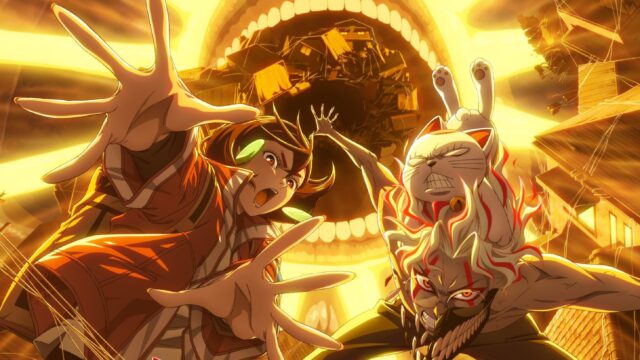
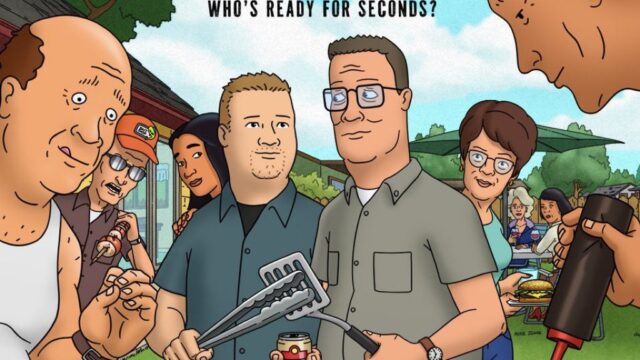
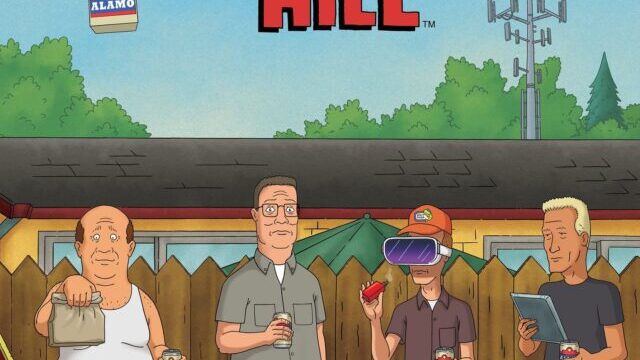













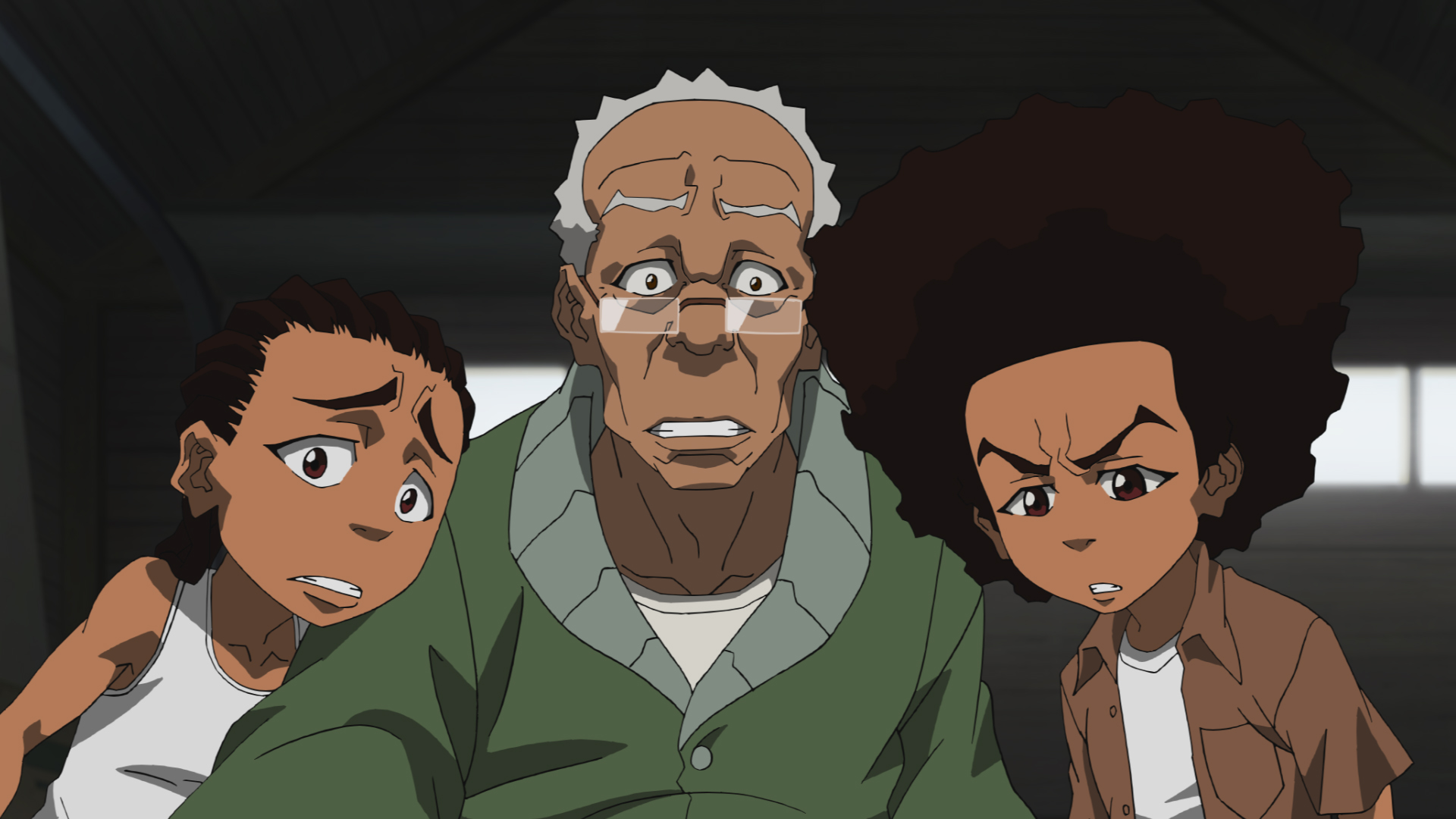




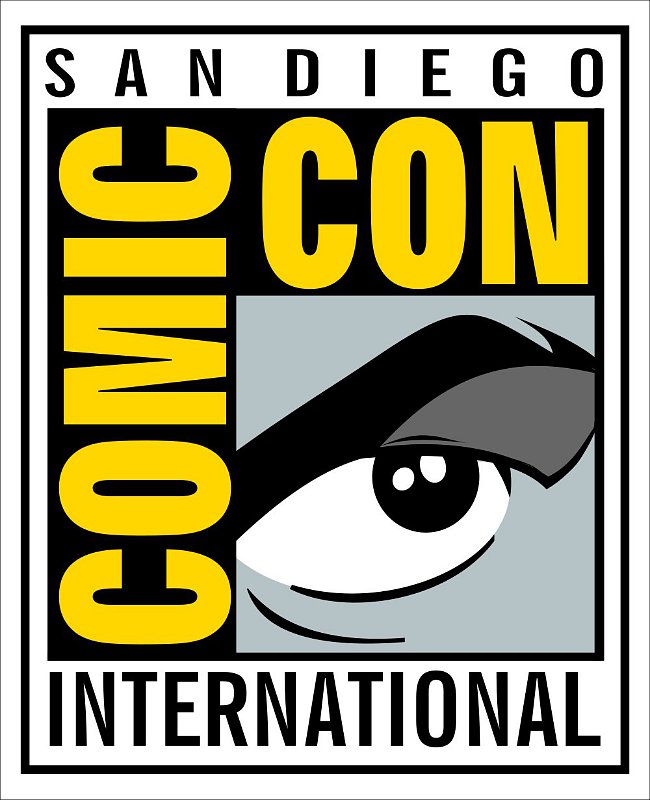

"There are also other characters that come and go (also owned by the Warner Bros. Discovery conglomerate media company)."
Huh. Is that just referring to other characters from the show itself, or is this implying that the new season is going to have cameos from other WBD IPs